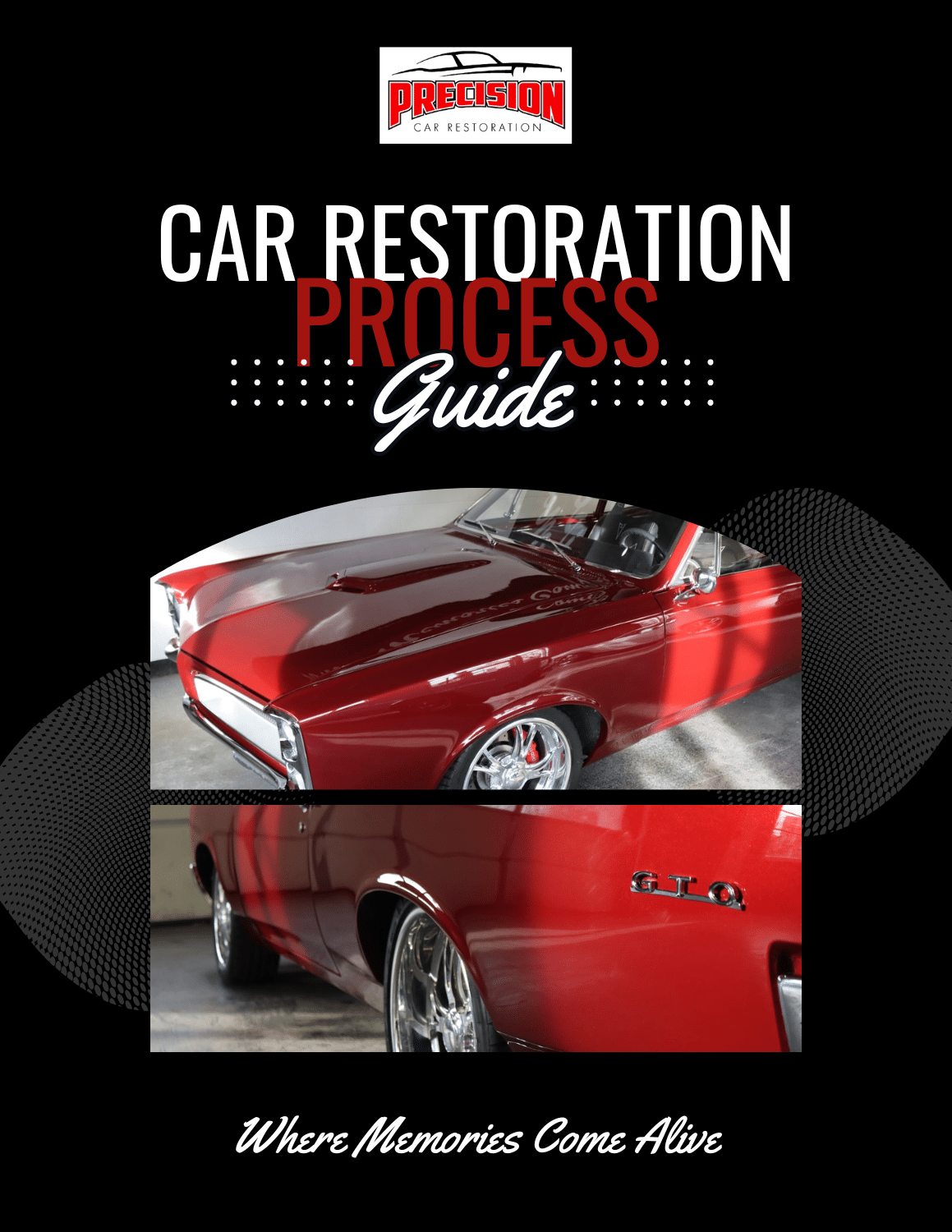
It seems inconceivable that big-block powered Camaros, ‘Cudas, and Mustangs once left the factory with drum brakes. Since every other car on the road also had drum brakes, however, it really wasn’t that big of a deal. That’s not the case anymore since a modern minivans or SUVs are equipped with much more powerful brakes that yesteryear’s performance cars. That means anytime there’s any late-model vehicle in front of your classic, you’re at risk of getting out-stopped in an ugly, metal-crunching kind of way. As such, disc brake conversions have become very popular in recent years. When swapping out the drum brakes on your classic car for a set of discs, it pays to do your homework.
Disc brake conversion kits are available for just about any type of car imaginable. The aftermarket is loaded with options for most musclecars, and kits are even available for cars like classic Porches and Jaguars through specialty vendors. It all sounds very promising, but the overall health of your brake system must be taken into account before turning a wrench. While disc brakes provide more even stopping power, is your master cylinder isn’t up to the task of supplying them with adequate pressure, they will not be as effective as possible.

Likewise, when replacing you drum brakes, make sure you have carefully inspected the condition of your current steel brake lines. Look for crushed, pinched, rusty or corroded metal lines. These types of lines can be a liability, as they are more prone to failure. Also check the rubber hoses going from the frame to wheels, and fomr the frame to the rearend housing. Most brake kits come with new rubber lines since discs often require a different-length line.
Many older brake systems have a single master cylinder, but it’s often worthwhile to upgrade to a dual-master system when upgrading to discs. This will take some extra plumbing in the system, but will be well worth the improvements in safety and efficiency. To make the process even easier, the aftermarket offers brake pedal and master cylinder adapters that will make it possible to use a Mustang- or Corvette-style master cylinder.

Don’t forget that disc brakes may also require larger-diameter wheels for caliper clearance. Many cars equipped with drum brakes came with 14-inch wheels from the factory, which in most cases will not clear the calipers in a disc brake system. Furthermore, disc brakes may also require disassembling some of the front suspension components. Consequently, this is a good time to replace worn out balljoints, control arm bushings, or tie rods. There is no sense in taking the time to disassemble old, worn-out parts but not replacing them.
In the end, when contemplating a disc brake conversion, consider all of the other things that may need to be addressed in order to complete a quality job. These extra things can drive up the cost, and can transform a small brake swap into a complete suspension and brake system rebuild.


